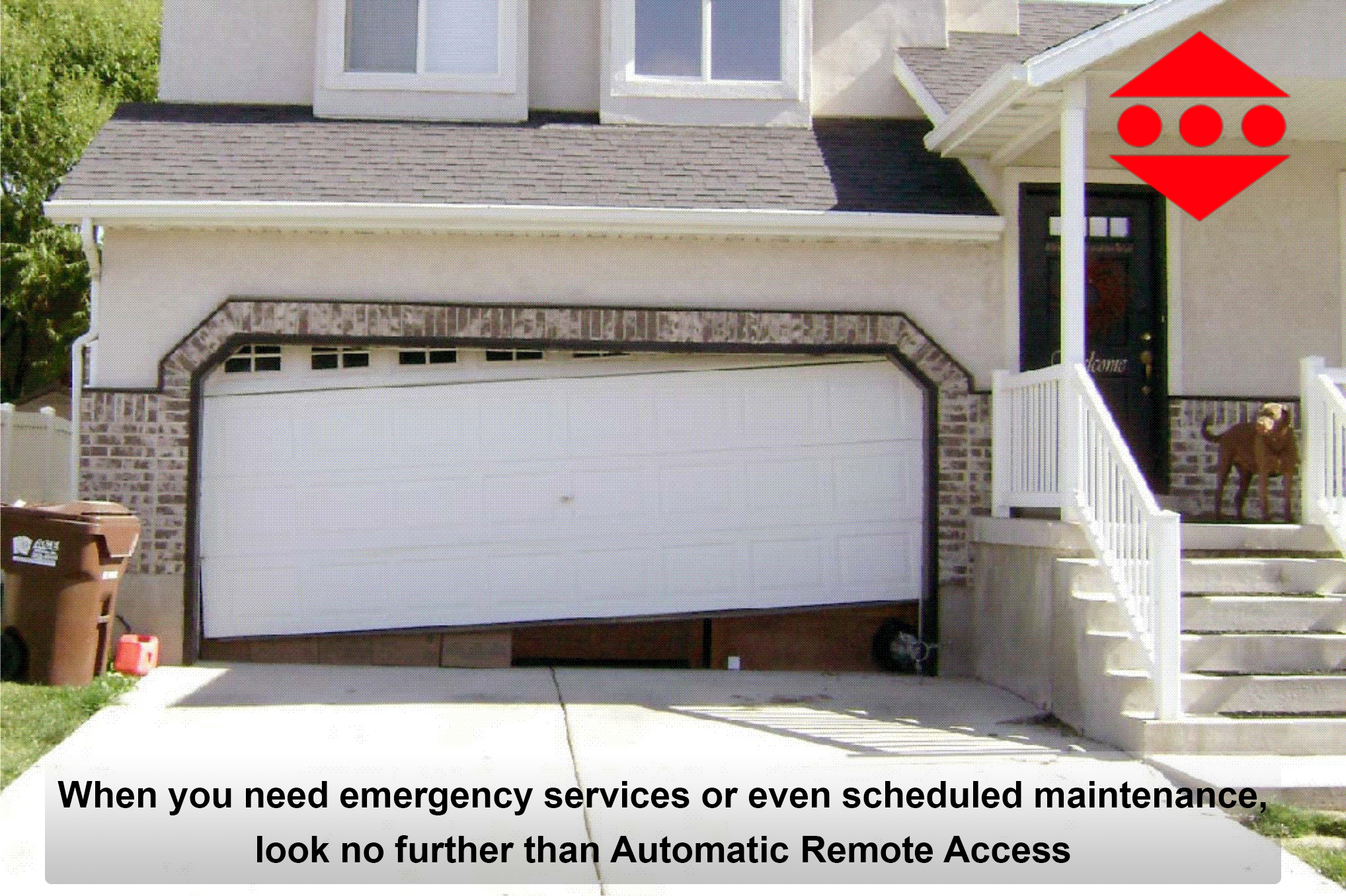

Introduction: Preserving Your Garage Door Opener with DIY Care
Your garage door opener is a hardworking component of your home, providing convenience and security. To ensure its longevity and optimal performance, regular cleaning and maintenance are essential. In this guide, we’ll explore the steps for DIY garage door opener care, empowering you to keep this crucial device in top-notch condition.
Understanding the Importance of Garage Door Opener Maintenance
Before delving into the practical aspects, it’s crucial to grasp why maintaining your garage door opener is so vital. Routine care not only extends the lifespan of the opener but also ensures smooth and quiet operation. Neglecting maintenance can lead to malfunctions, increased noise, and, in extreme cases, complete failure. A proactive approach to care is the key to a reliable garage door system.
1. Safety First: Disconnect the Power
Before you commence any maintenance tasks, prioritize safety by disconnecting the power to your garage door opener. This typically involves unplugging it from the electrical outlet or turning off the circuit breaker. Ensuring the power is off eliminates the risk of accidents and allows you to work on the opener without electrical hazards.
2. Clean the Exterior Surface
The exterior of your garage door opener can accumulate dust and grime over time. Begin by wiping down the opener’s housing with a soft, damp cloth. Pay attention to vents and openings where debris might collect. For stubborn dirt, use a mild detergent solution. Cleaning the exterior not only improves the appearance but also prevents debris from entering the internal components.
3. Inspect and Tighten Hardware Connections
Regular use can lead to loosened hardware connections on your garage door opener. Periodically inspect and tighten screws, nuts, and bolts using a screwdriver or wrench. Focus on the mounting brackets, tracks, and other visible components. Tightening these connections ensures stability and reduces vibrations during operation.
4. Lubricate Moving Parts
Proper lubrication is crucial for the smooth functioning of your garage door opener. Apply a silicone-based or lithium-based lubricant to the opener’s moving parts, including the chains, rollers, and hinges. Avoid using grease, as it can attract dirt and impede the opener’s performance. Lubricating the moving parts reduces friction and minimizes wear and tear.
5. Check and Adjust the Safety Sensors
Modern garage door openers are equipped with safety sensors that prevent the door from closing if an obstacle is detected. Ensure these sensors are properly aligned by checking the indicator lights. If the lights are misaligned or blinking, adjust the sensors until they align correctly. This step ensures the safety features of your opener are fully functional.
6. Inspect the Door Balance
A well-balanced garage door contributes to the longevity of the opener. Disconnect the door from the opener by pulling the release cord, allowing you to manually open and close the door. If the door is difficult to operate manually or doesn’t stay in place when partially open, it may be unbalanced. In such cases, consider professional assistance to address the issue.
7. Test the Auto-Reverse Feature
The auto-reverse feature is a critical safety component of garage door openers. Test this feature by placing a small object, like a block of wood, in the door’s path before closing it. The door should automatically reverse upon encountering the obstruction. If the auto-reverse feature fails to function correctly, it’s essential to address the issue promptly to maintain a safe garage environment.
8. Examine the Drive Belt or Chain
Garage door openers can use either a drive belt or a chain to operate. Regularly inspect the condition of the drive belt or chain for signs of wear, fraying, or damage. If you notice any issues, such as a loose chain or a damaged belt, consult your opener’s manual for guidance on adjustments or replacements.
9. Clear Obstructions and Debris
Garage door openers are sensitive to obstructions along their travel path. Inspect the area around the door for any items that might obstruct its movement. Remove debris, toys, or other objects that could interfere with the smooth operation of the door. Keeping the travel path clear ensures the safety and efficiency of your garage door opener.
10. Schedule Professional Maintenance as Needed
While many maintenance tasks can be performed as part of your DIY routine, it’s advisable to schedule professional maintenance periodically. A professional technician can conduct a comprehensive inspection, identify potential issues, and perform adjustments or repairs that require specialized knowledge. Professional maintenance enhances the overall reliability of your garage door opener.
Conclusion: Empowering Homeowners with DIY Garage Door Opener Care
By incorporating these DIY maintenance steps into your routine, you empower yourself to preserve the functionality and longevity of your garage door opener. Regular cleaning, lubrication, and inspections contribute to a smoother and quieter operation, ensuring your garage door remains a reliable and secure entry point to your home. For more tips on home maintenance and DIY projects, visit mimimises.org. Invest time in caring for your garage door opener, and enjoy the convenience and peace of mind it
